14.10.2020
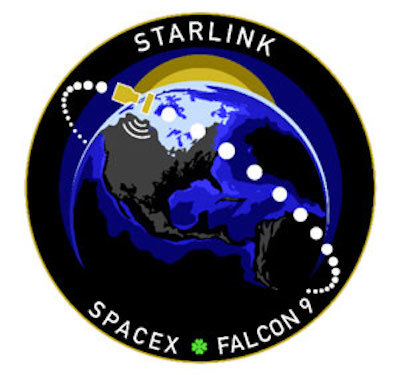
SpaceX Falcon 9 rocket to launch 14th Starlink mission on Sunday
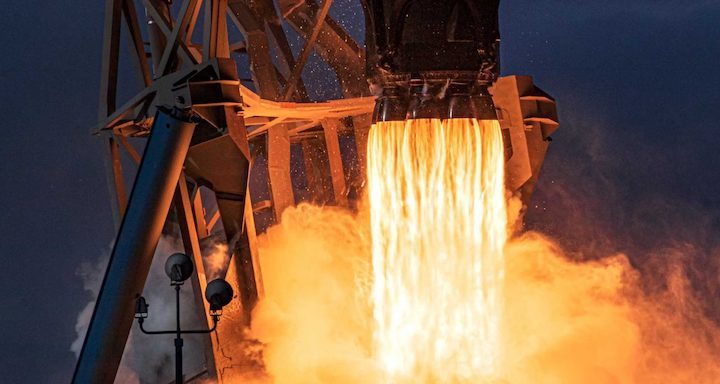
Spaceflight Now reports that a SpaceX Falcon 9 rocket is five days out from the company’s 14th dedicated Starlink launch, also the 13th launch of operational satellites and 12th launch this year.
While approximately 50% short of SpaceX’s turn-of-the-year target of 20-24 Starlink launches in 2020, the company’s average of one mission every ~25 days has quickly made Starlink the largest satellite constellation ever launched by a factor of ~5. More importantly, once the 60 Starlink-12 satellites launched earlier this month boost themselves to their final orbits, CEO Elon Musk says that SpaceX will be ready to kick off Starlink’s first public beta tests.
Spaceflight Now and LaunchPhotography.com both report that SpaceX is scheduled to launch Starlink V1 L13 (Starlink-13) no earlier than (NET) 8:27am EDT (11:27 UTC) on Sunday, October 18th.
Following Starlink-12’s October 6th launch, Starlink-13 is scheduled to lift off from Kennedy Space Center (KSC) Launch Complex 39A (Pad 39A) as few as 12 days later, within arm’s reach of SpaceX’s nine-day pad turnaround record. The company has managed to repeatedly turn both of its East Coast pads (LC-40 and Pad 39A) around in less than two weeks this year, demonstrating a taste of what SpaceX will need to make routine to achieve Elon Musk’s goal of 48 launches in 2021.
NextSpaceflight reports that SpaceX has assigned Falcon 9 booster B1051 to Starlink-13, setting the rocket up for its sixth flight since May 2019 and fourth launch this year. Hot off the ship’s sixth successful Falcon fairing catch, recovery ship GO Ms. Tree (formerly Mr. Steven) briefly departed Port Canaveral on October 13th – likely preparing for another catch attempt during Starlink-13.
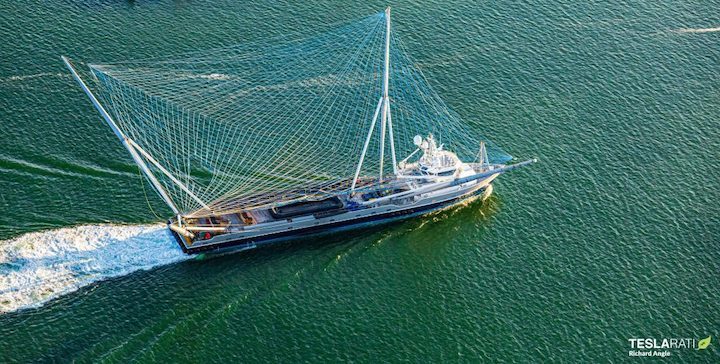
Meanwhile, to reach the Starlink-13 booster recovery zone ~630 km (~390 mi) northeast of Cape Canaveral, one of SpaceX’s two drone ships (OCISLY or JRTI) will need to leave its berth within the next day or two. SpaceX has a five-day margin for Starlink-13 launch delays before ULA’s latest NROL-44 launch attempt once again takes precedence – this time on October 23rd.
If successful, Falcon 9 booster B1051 will follow in the footsteps of B1049 to become the second orbital-class rocket booster ever to launch and land six times, continuing SpaceX’s confident march towards Falcon 9 Block 5’s 10-flight design goal. Barring a surprise, B1051’s Starlink-13 assignment also implies that Falcon 9 B1049 may be up next for Starlink-14, marking the first seventh flight of an orbital-class booster.
Quelle: TESLARATI
----
Update: 16.10.2020
.
SpaceX targeting this weekend for Starlink launch from Kennedy Space Center
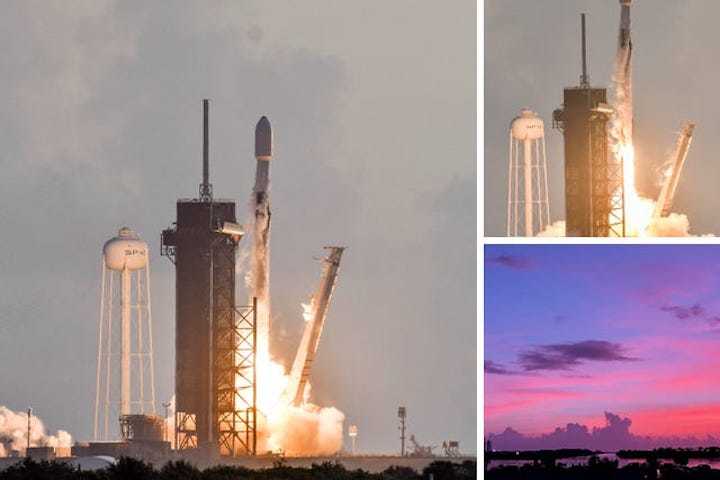
SpaceX is targeting this weekend for its next Falcon 9 rocket launch from Kennedy Space Center, this time with another batch of Starlink internet satellites.
If schedules hold, teams will give the go-ahead for the 230-foot rocket to launch from pad 39A at 8:27 a.m., the opening of an instantaneous window. It must launch at that time or delay to another day.
About eight minutes after liftoff, the rocket's 162-foot first stage will target an autonomous landing on the Of Course I Still Love You drone ship in the Atlantic Ocean. SpaceX's fleet of ships and the booster should return to Port Canaveral a few days later.
As of Thursday afternoon, a weather forecast for the Sunday morning liftoff phase of the mission was not yet available. The 45th Space Wing, however, is expected to release those details soon.
The flight will mark SpaceX's 14th under the Starlink banner, which to date has delivered more than 800 of the internet-beaming satellites to low-Earth orbit. About 700 are currently operational as the spacecraft's orbits decay over time, meaning the constellation needs to be continually replenished.
Sunday's launch will be the Space Coast's 22nd of the year. To date, the count includes 17 Falcon 9 launches and four United Launch Alliance Atlas V missions.
Launch Sunday, Oct. 18
- Rocket: SpaceX Falcon 9
- Launch Time: 8:27 a.m. ET
- Location: Pad 39A at Kennedy Space Center
- Mission: 60 Starlink internet satellites
- Landing: Atlantic Ocean drone ship
Quelle: Florida Today
----
Update: 17.10.2020
.
SpaceX adds third Starlink launch to busy October manifest
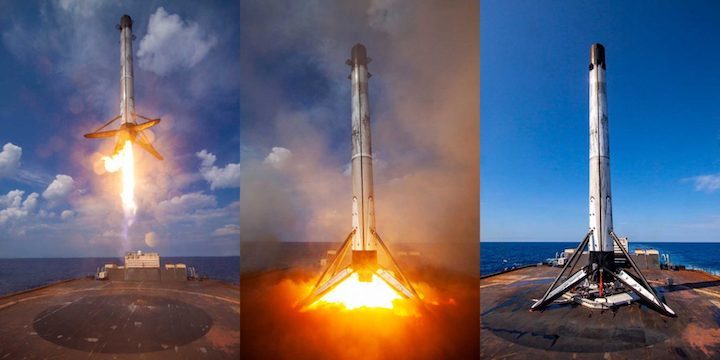
SpaceX has added another Starlink launch to its October manifest and plans to support the mission with a record-breaking Falcon 9 booster turnaround.
Several media outlets recently confirmed that SpaceX will attempt to launch Starlink-13 – the 13th launch of operational v1.0 satellites and 14th launch overall – no earlier than (NET) 8:25 am EDT (12:25 UTC) on October 18th. Two days later, NASASpaceflight.com reports that SpaceX intends to launch Starlink-14 as few as three days later, aiming to lift off NET 12:36 pm EDT (16:36 UTC) on Wednesday, October 21st.
Simultaneously, a United Launch Alliance (ULA) Delta IV Heavy rocket’s eighth attempt to launch the National Reconnaissance Office’s NROL-44 spy satellite is scheduled NET 10 pm EDT (02:00 UTC), October 23rd. As a result, barring a (lately) rare instance of two back-to-back on-time launches, SpaceX and ULA appear to be destined to butt heads again on Florida’s Cape Canaveral launch range.
Originally scheduled to launch as early as June 2020, Delta IV Heavy’s NROL-44 launch slipped to August, ultimately landing on August 26nd. Thus began a bizarre series of delays. Pad pressurization systems were to blame for the first delay on August 27th, followed by a rare post-ignition launch abort on August 29th. For Delta IV Heavy, such an abort necessitates at least several weeks of rework and the next NROL-44 launch attempt came on September 26th, only to be aborted by issues with the pad’s umbilical “swing arm”. Weather scrubbed another attempt on September 28th, while the subsequent September 29th backup was aborted by a leak in a pad hydraulic system. Last but certainly not least, Delta IV Heavy suffered yet another last-second abort at T-7 seconds on September 30th.
All the while, ULA’s NROL-44 mission took range priority, meaning that the US Air Force wing responsible for enforcing range safety and providing weather forecasts would delay all other missions until the ULA launch was either completed or substantially delayed. Combined with temperamental weather, ULA’s range priority contributed to several SpaceX Starlink and GPS III SV04 launch delays in September and early October. Now, unless SpaceX manages to launch Starlink-13 and Starlink-14 right on schedule on October 18th and 21st, anything more than a day or two of delays will likely snowball into further delays as Delta IV Heavy takes the stage.
Regardless of the schedule uncertainty and potential for delays, if SpaceX manages to successfully launch Starlink-13 and Starlink-14 within the next two or so weeks, October will mark the first time the company has launched three Starlink missions in one month. If the missions weren’t for Starlink, SpaceX would effectively be creating the second largest commercial satellite constellation in the world in less than 30 days.
Additionally, NextSpaceflight.com reports that SpaceX has assigned Falcon 9 booster B1060 to Starlink-14. If Starlink-14 lifts off on schedule on October 21st, B1060 will beat out B1058 for the crown of fastest booster turnaround, launching twice in just 48 days. Falcon 9 B1058 set the current world record when it beat NASA’s Space Shuttle (54 days) with a 51-day turnaround earlier this year.
Quelle: TESLARATI
----
Update: 18.10.2020
.
SpaceX’s 13th Starlink v1.0 mission and 14th Starlink launch
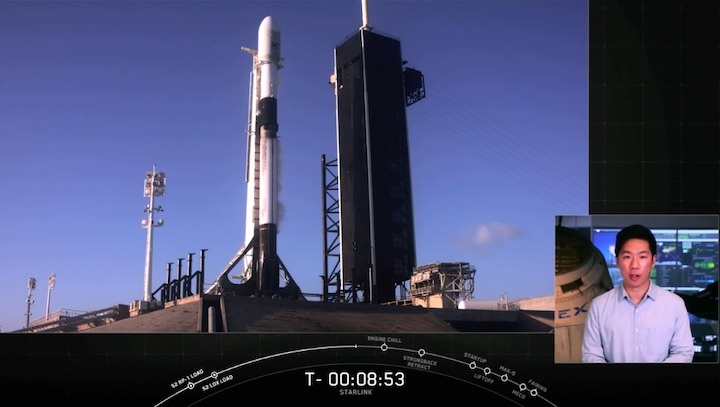
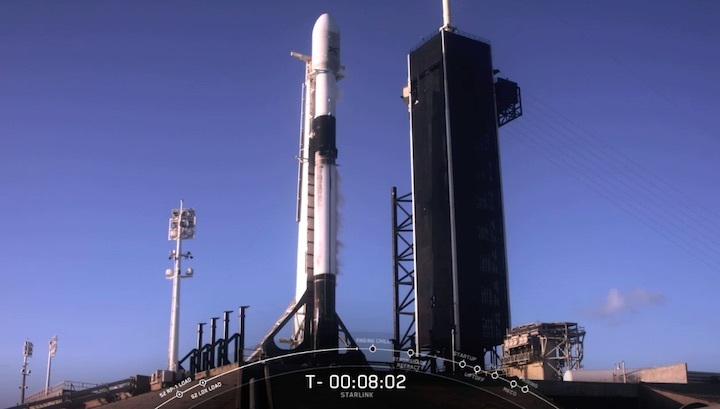
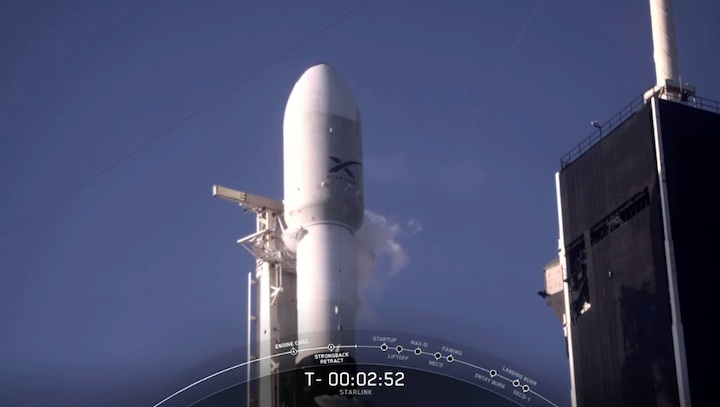
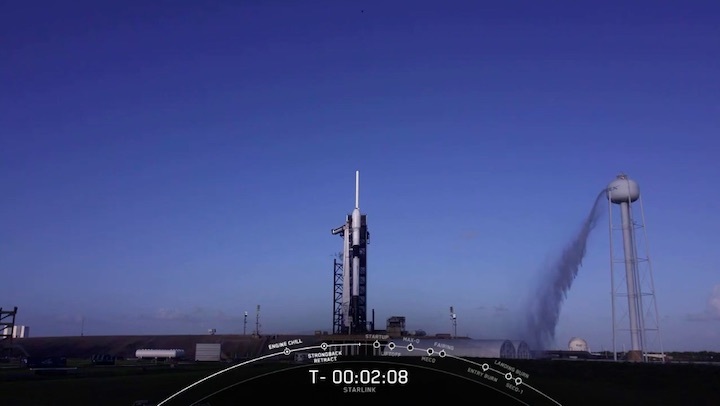
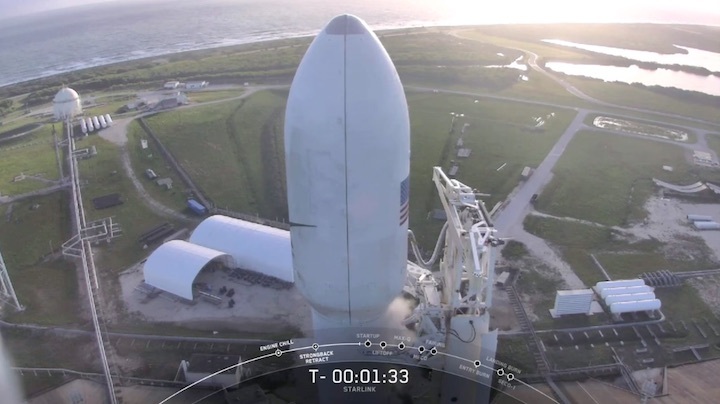
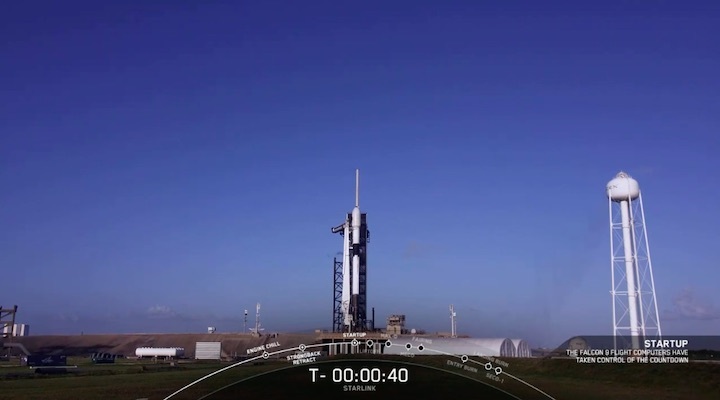

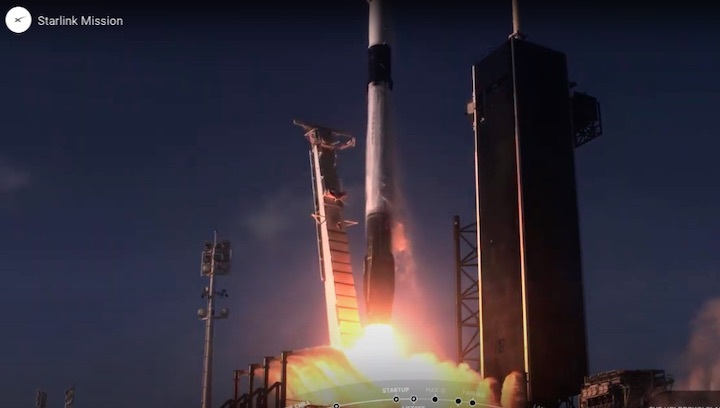
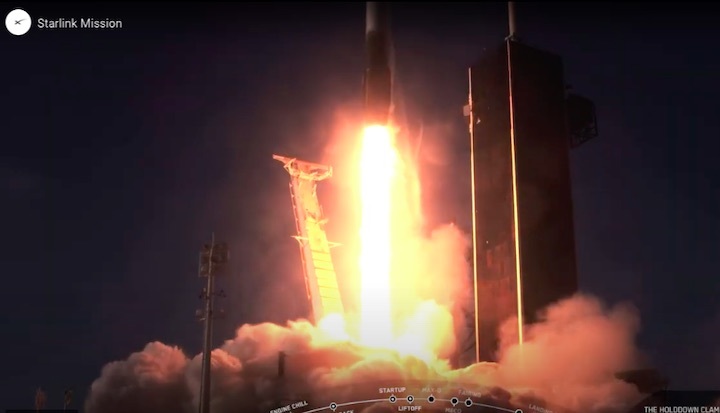
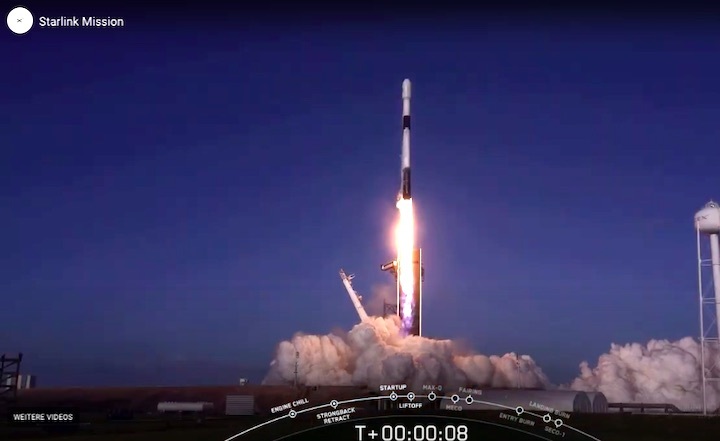
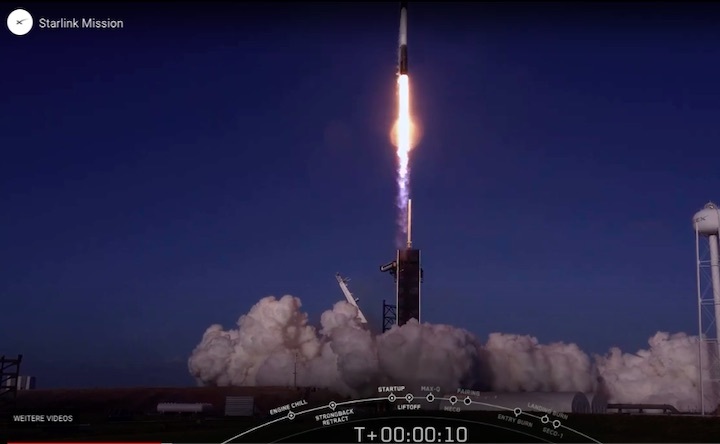
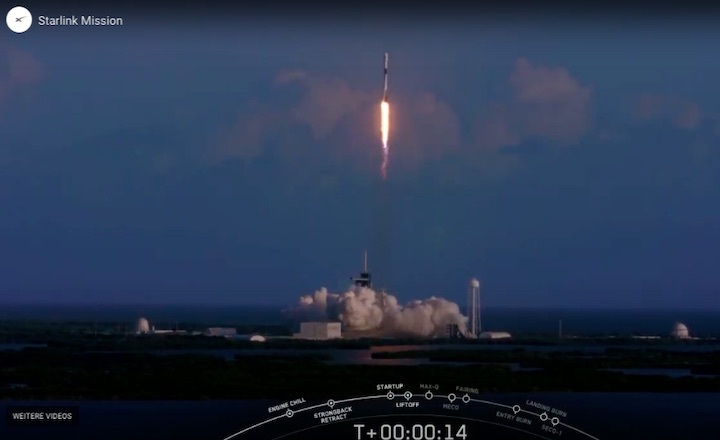
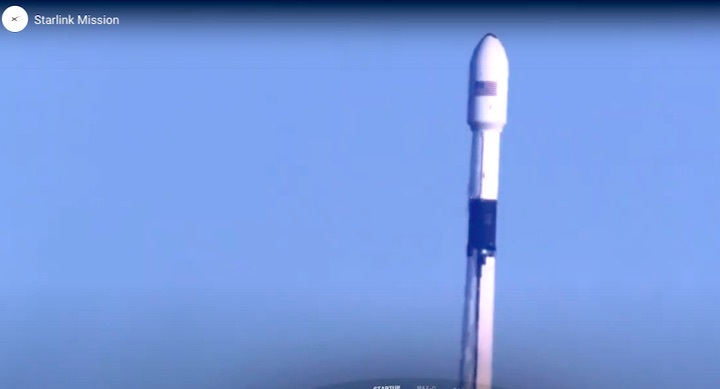
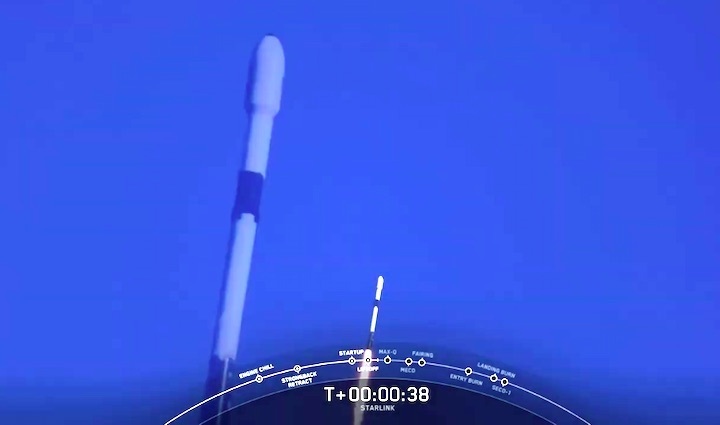
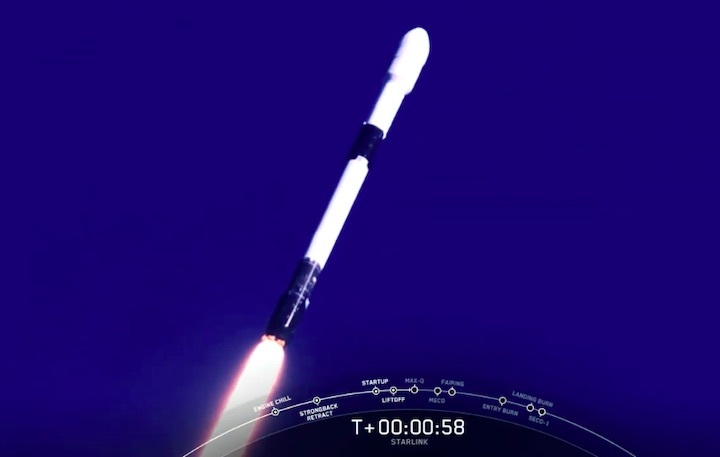
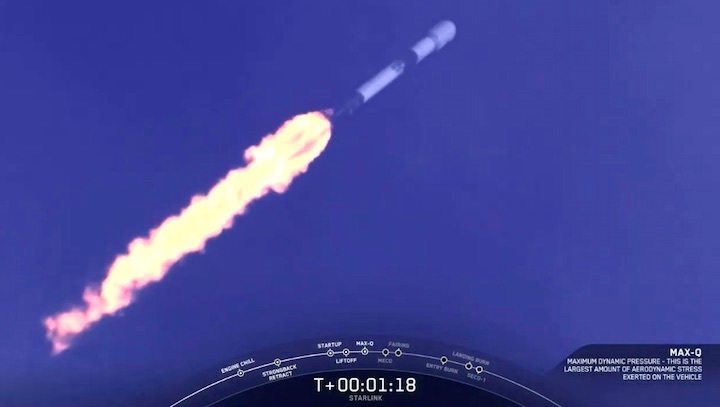
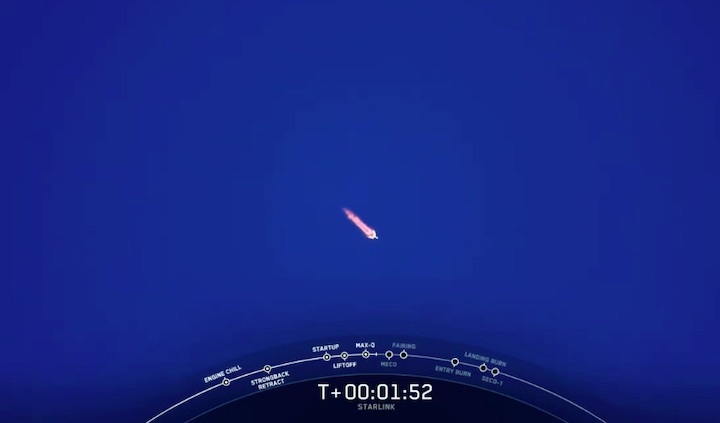
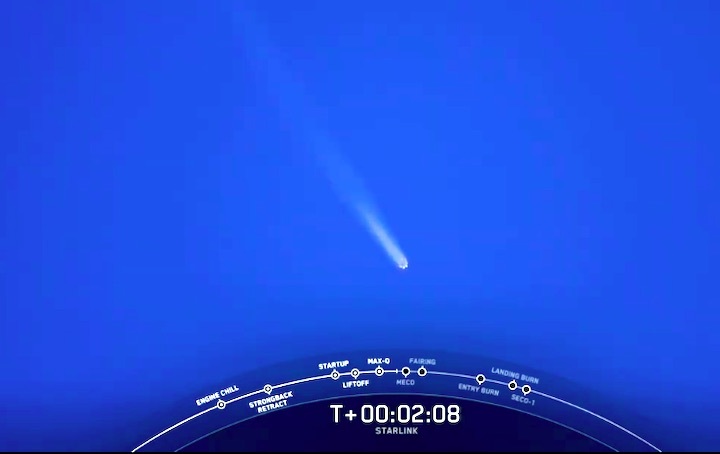
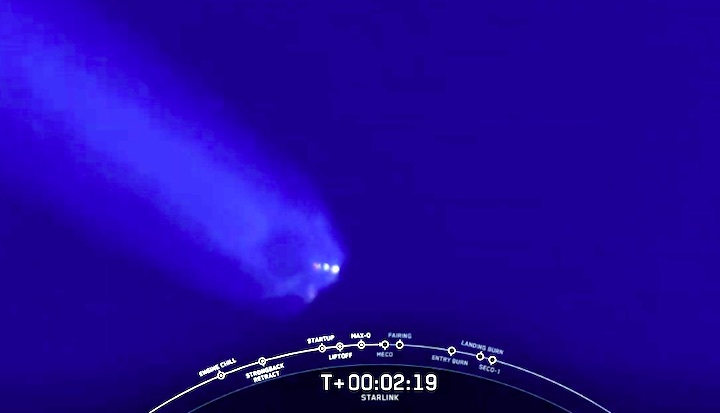
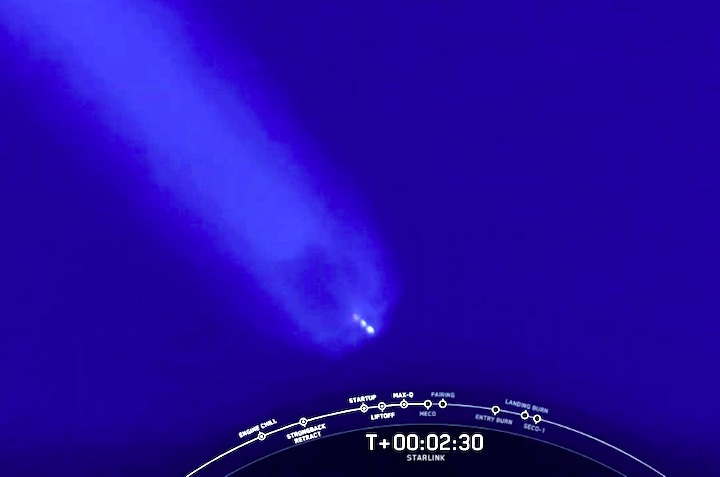
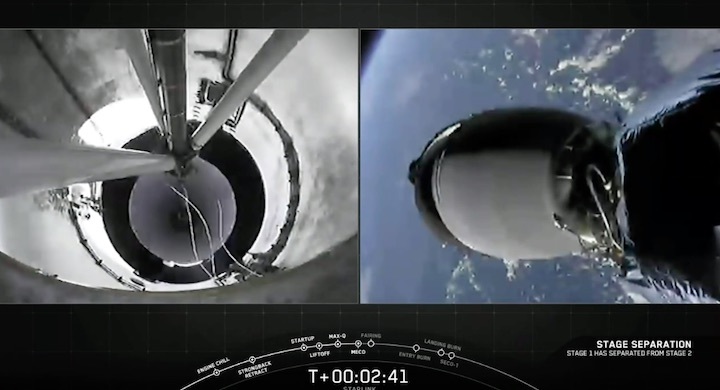
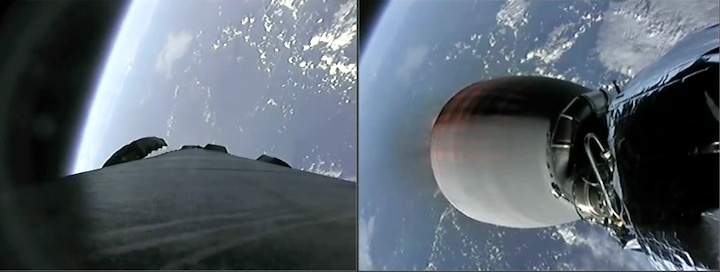
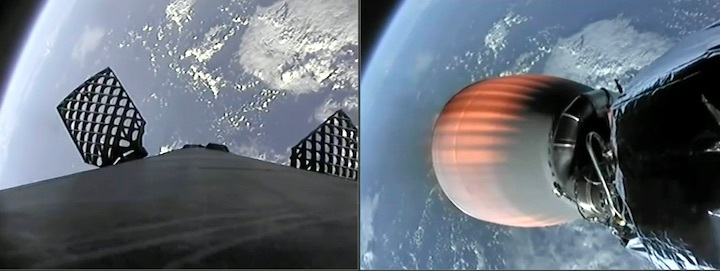
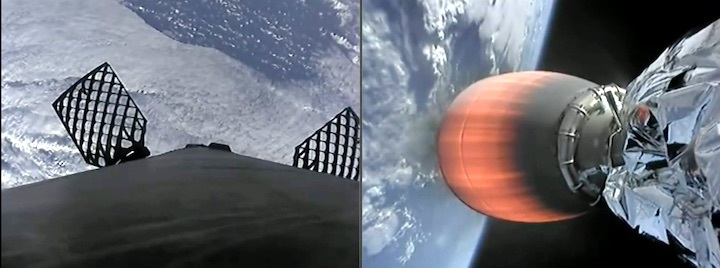
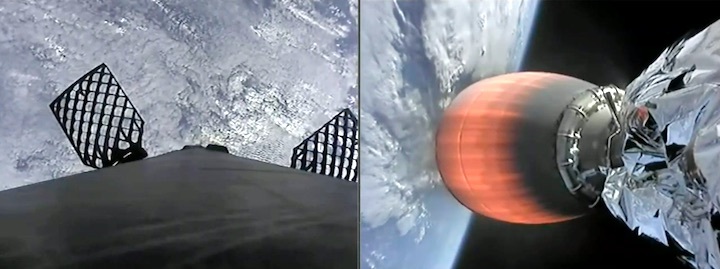
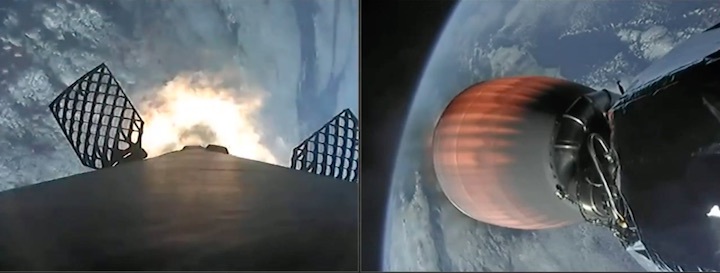
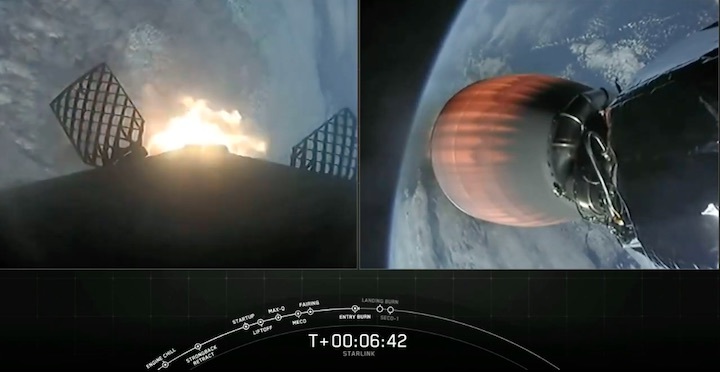
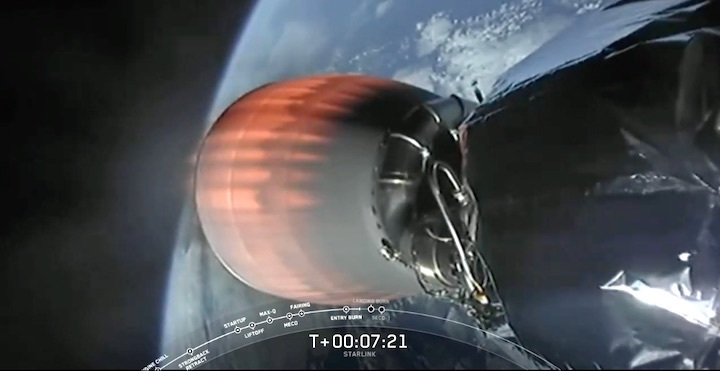
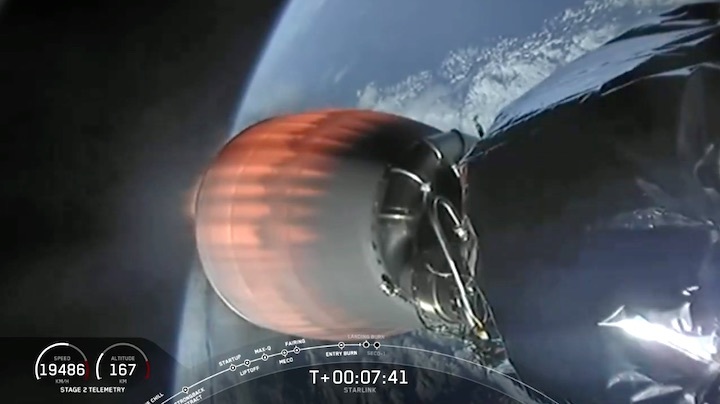
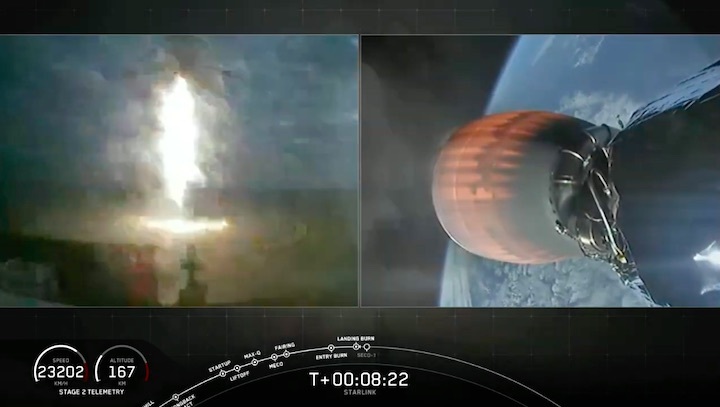
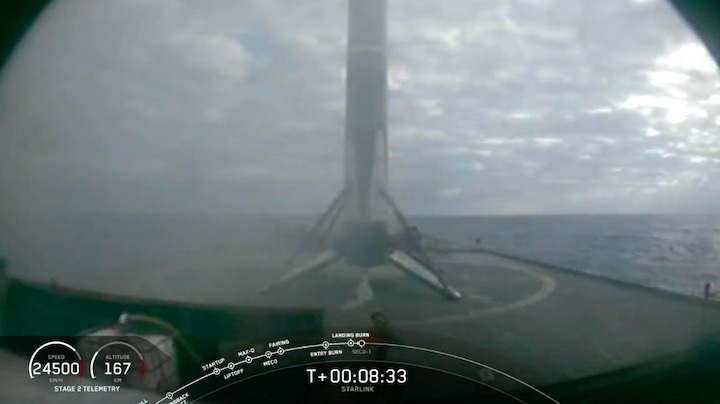
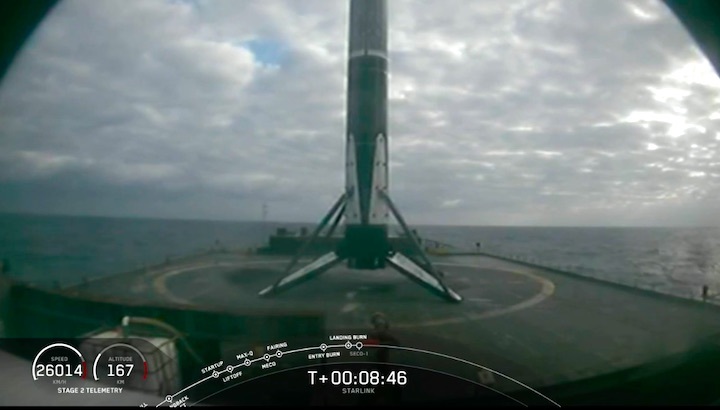
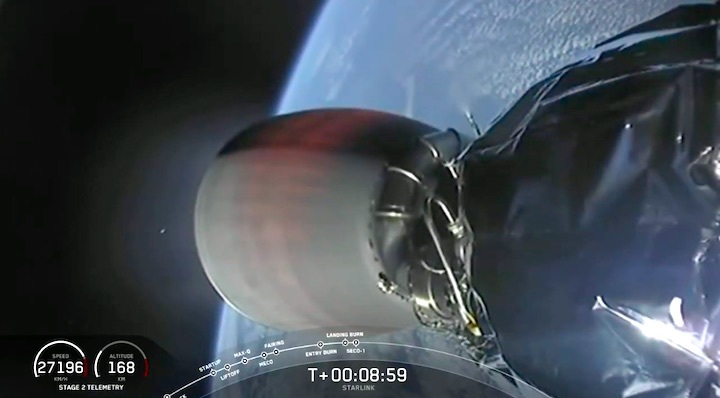
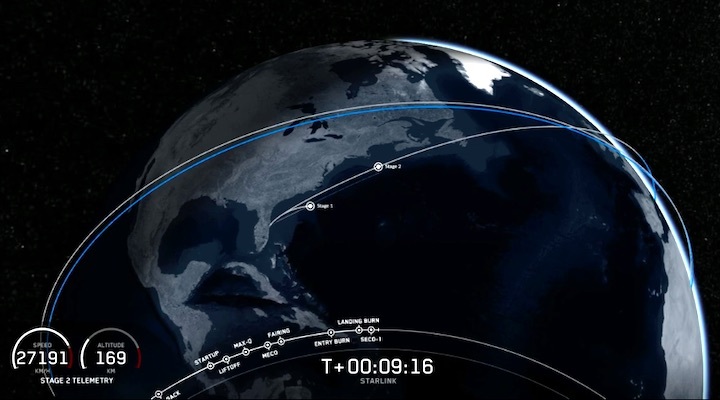
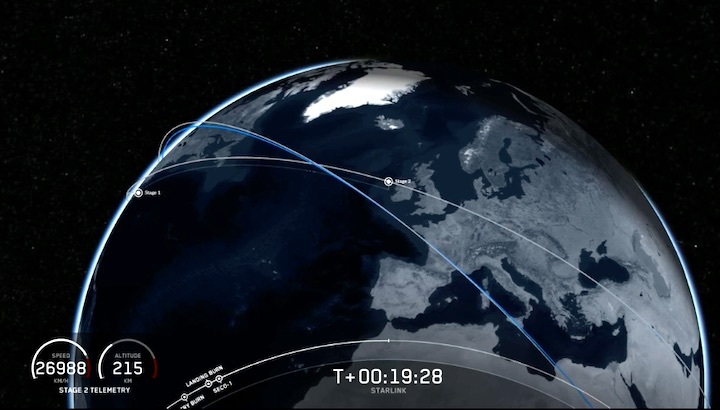
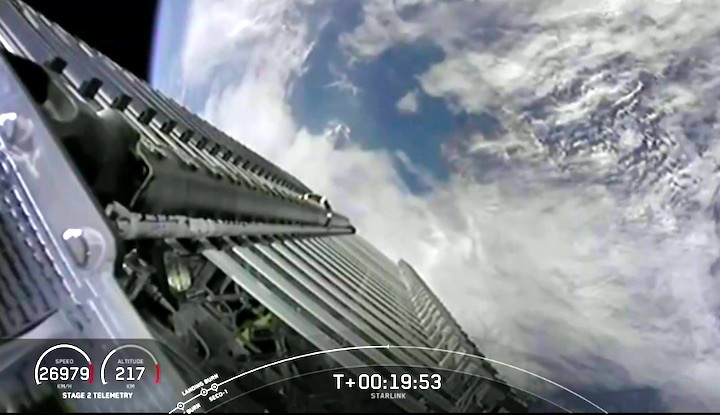
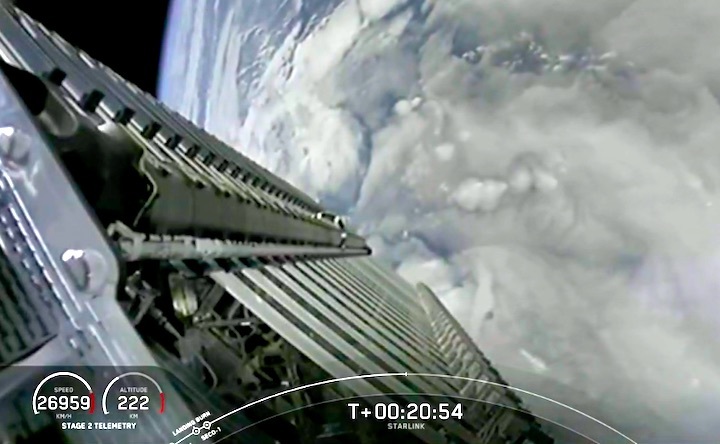
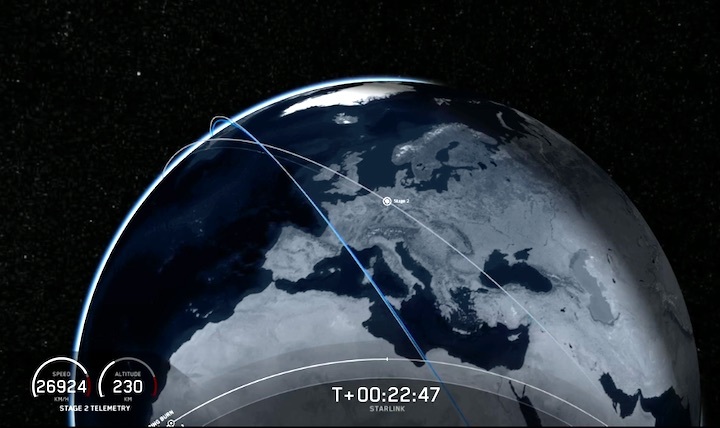
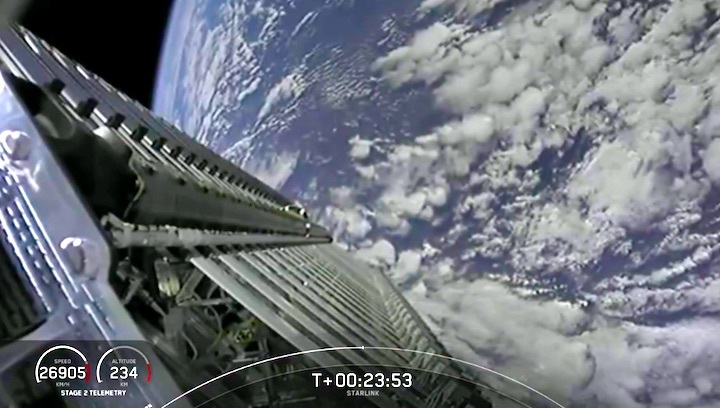
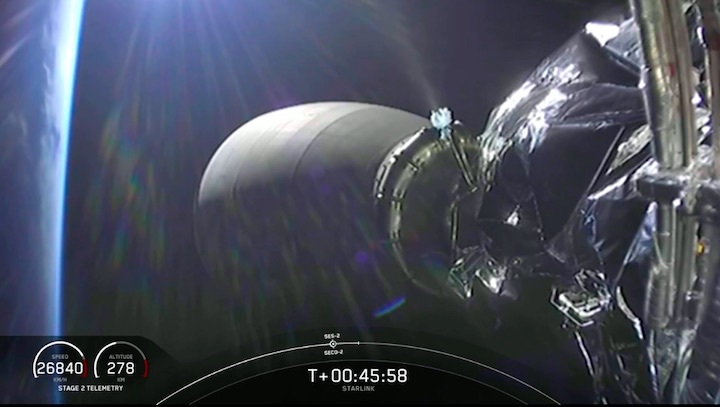
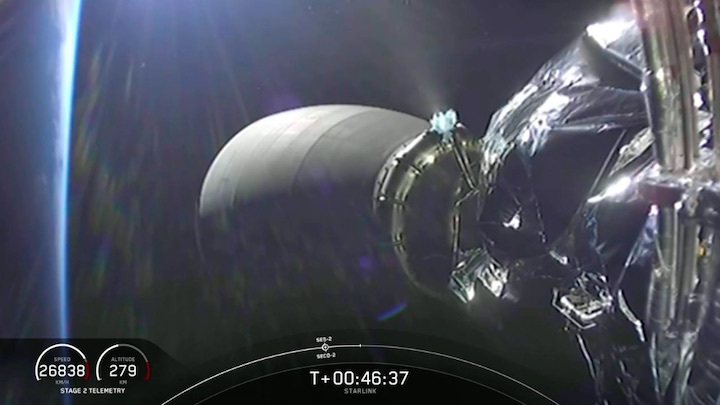
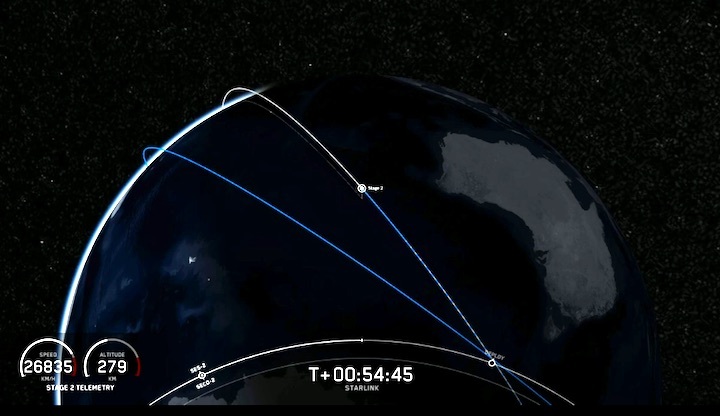
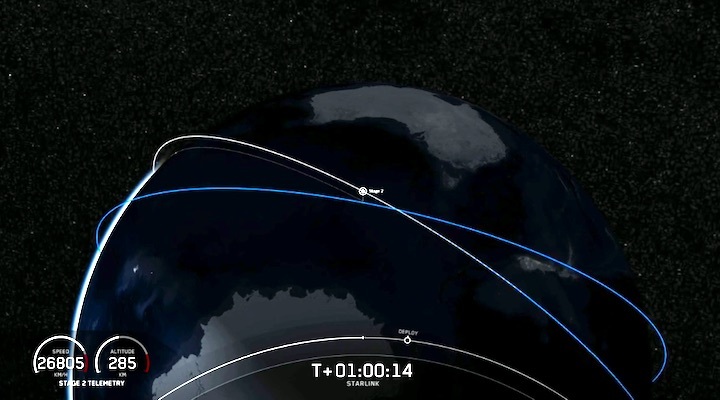
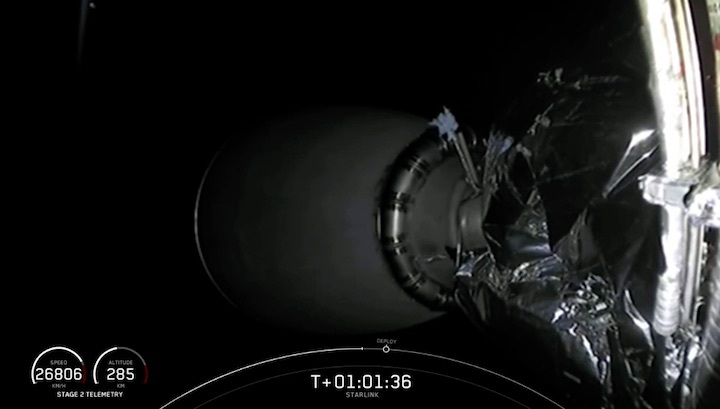
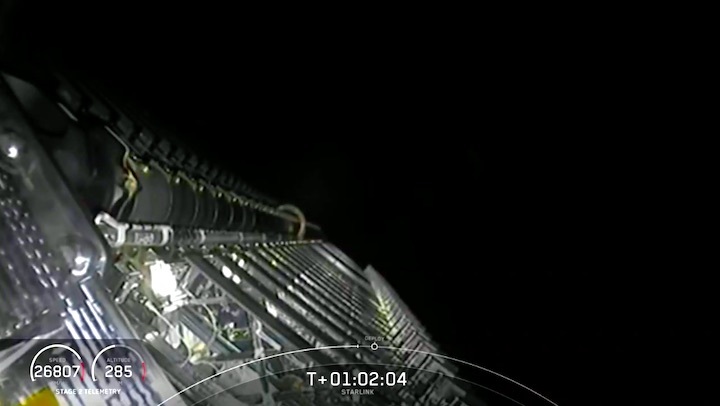
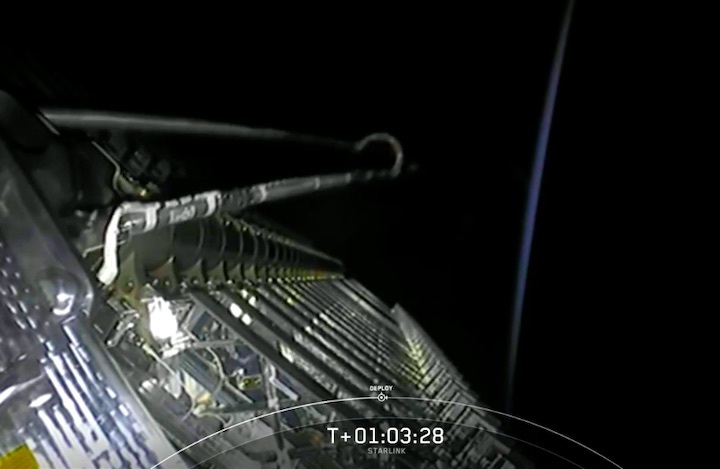
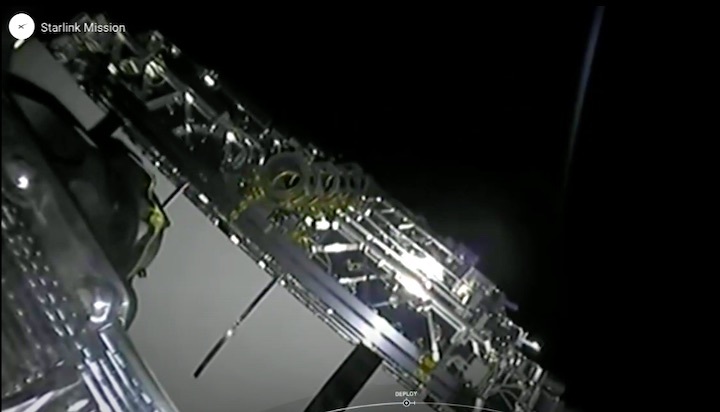
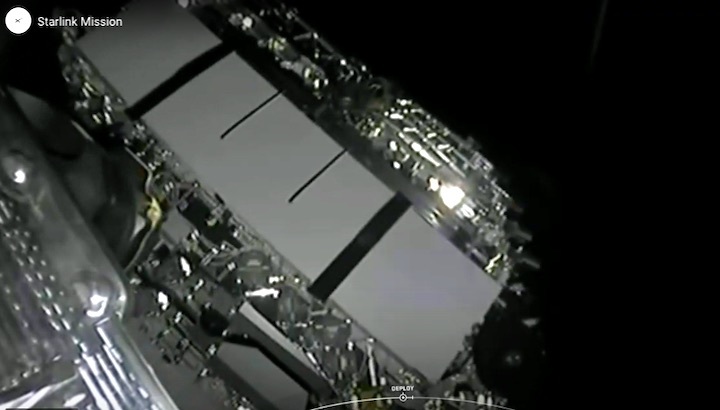
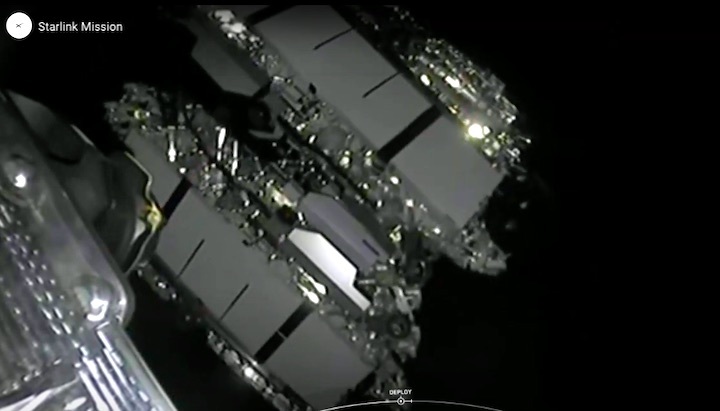
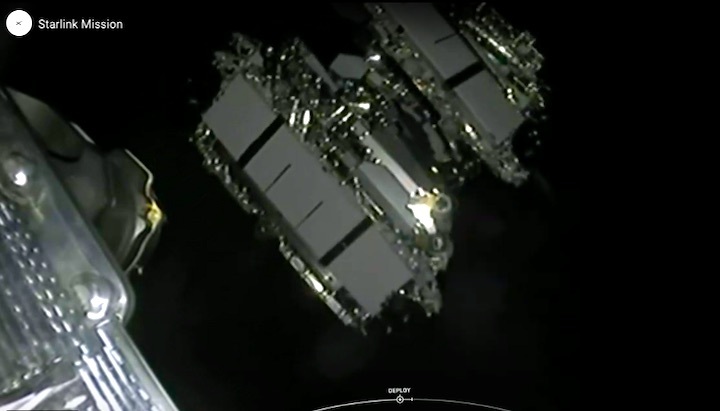
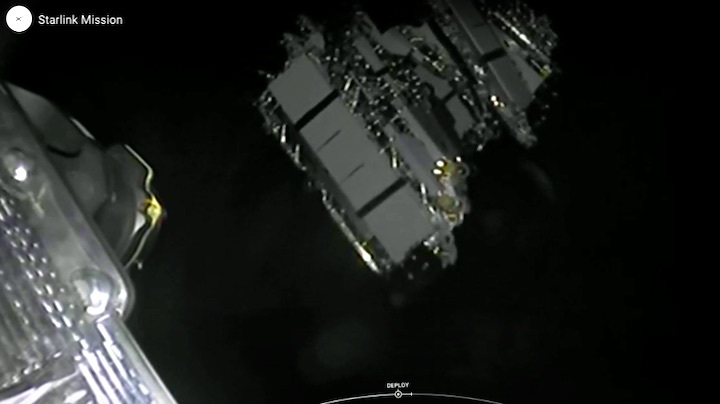
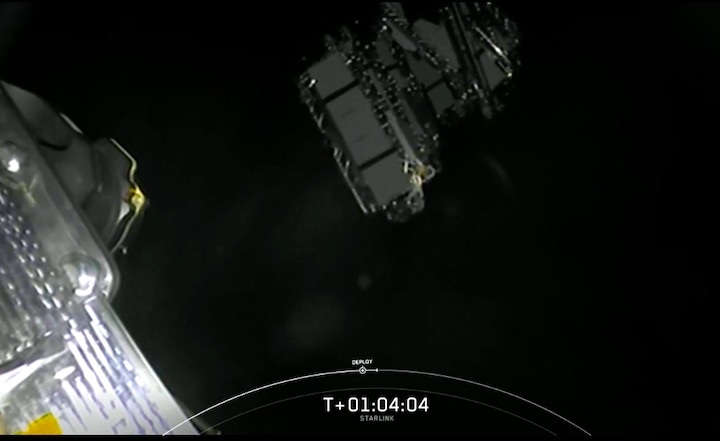
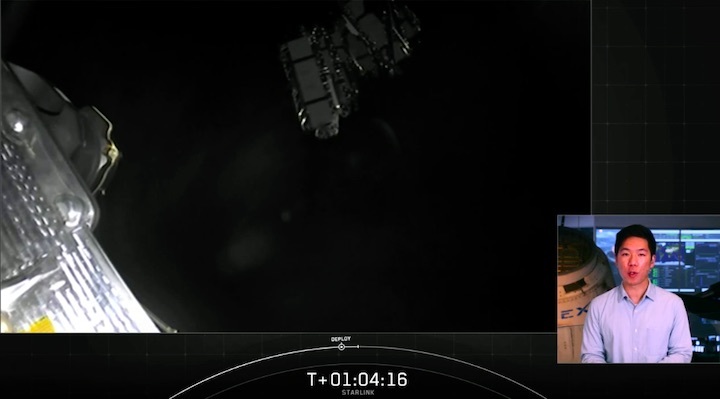
Quelle: SpaceX
